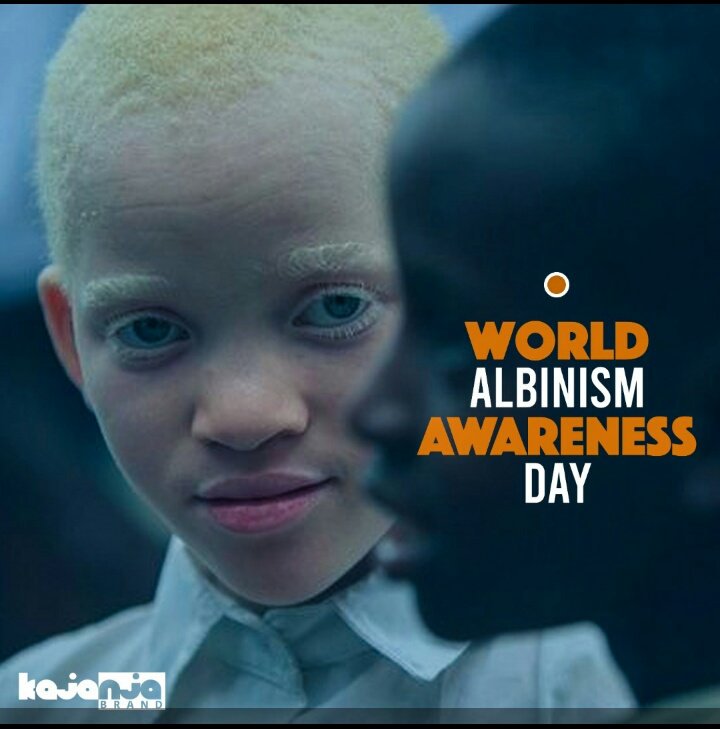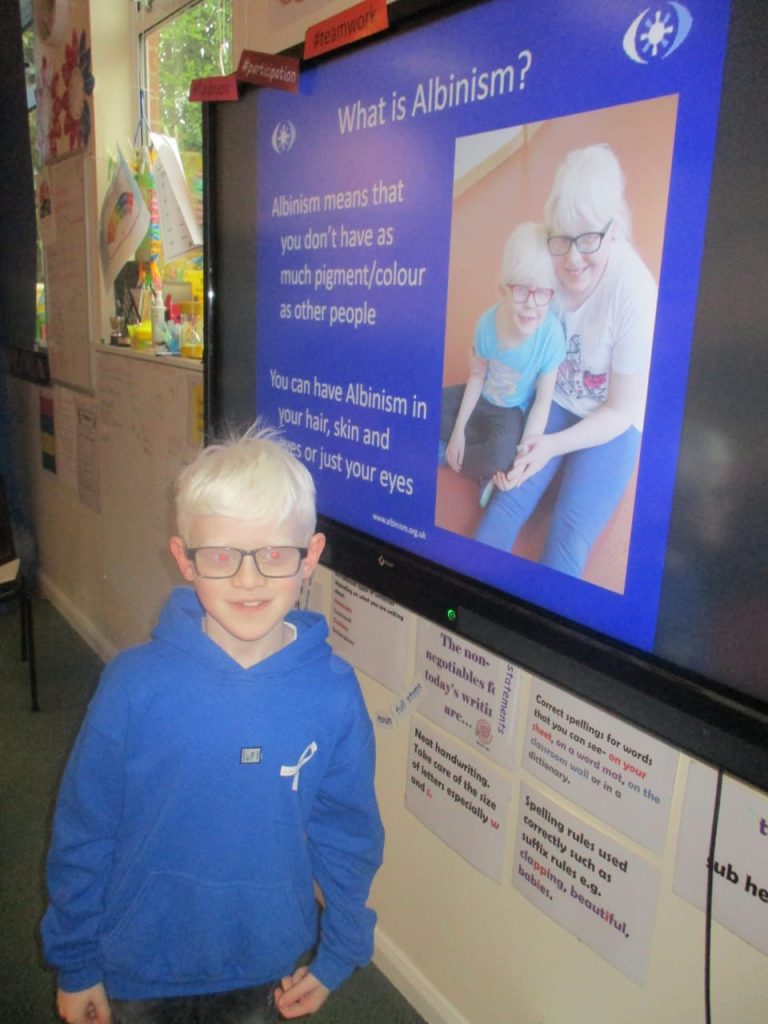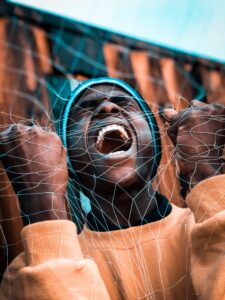ALBINISM: PERSON WITH ALBINISM NOT ‘ALBINO’

Photo courtesy

13th June is the day set by the United Nations as the International Albinism Awareness Day (IAAD).
Did you know that in the sub – Saharan Africa, 1 in 5000 people live with albinism?
What is Albinism?
Albinism is a congenital disorder that results in a lack of pigmentation (melanin) that normally gives colour to hair, skin and eyes. The lack of pigment in the eyes leads to nystagmus and reduced visual acuity which can at time be severe to cause severe impairment of vision.
Albinism can affect the eyes only (ocular albinism) or the eyes, hair and skin (ocular cutaneous).
Albinism is known to affect all vertebrates.
What is melanin?
Melanin is the pigment that gives skin its colour. In humans, melanin production is important for the prevention of skin cancers, such as melanoma. It helps to protect the skin from the harmful effects of UV light by absorbing it (photo protective) because Persons with Albinism do not have this melanin, they are therefore exposed to the harmful sun rays UV light. They therefore need to protect themselves from the sun’s rays because prolong exposure to sun causes skin cancer.
All persons with albinism should use sunscreen lotion and wear protective clothing like long sleeved shirts and wide-brimmed hats and other appropriate protection.
Albinism and Health
Children with albinism are usually intelligent but face challenges in their pursuit for education due to eyes problems.
Since persons with albinism face vision challenges they need help. They have to use special glasses to enable them see. Treatment of eye conditions related to albinism is comprised of visual rehabilitation.
Another issue for persons with albinism is glare. They are sensitive to it yet they need light, therefore, light should be positioned in a friendly position so as not to bother them.
While outdoors, they can use anti-glare glasses or contact lenses.
Ophthalmologists recommend different remedies for different eye problems for persons with albinism.
Stigmatization and Discrimination
Women who give birth to children with albinism are often blamed by their husbands for their children’s condition. It is important to note that for someone to be born with albinism, both parents must be carriers of the gene. Some men even go as far as abandoning their families if their wife gives birth to a child with albinism
Negative beliefs and myths influenced by superstition promote marginalization and social exclusion of persons with albinism. There is continued ritual killings as it is perceived that some of their body parts are of medicinal value and a source of success.
Stigmatization and discrimination are a gross violation of the rights of persons with albinism. Persons with albinism are human beings whose rights should be respected.
The Preferred Term
The term ‘albino’ has previously been used derogatively. ‘Person with Albinism’ is the preferred term. This is because ‘Albino’ describes someone by their appearance, while ‘person with albinism’ puts the person before the condition
Another derogative term is ‘zeruzeru’. This should never be used to refer to human beings.
By Abiri Vincent









The piece is very educative. It all starts with us to protect and care for persons leaving with albinism then later spread the gospel to those who care.
Good job Abirice
Now I know how to address them ,,thanks for the piece of information
Hope you talk about Malaria next time
Thank you for the sharing your knowledge and information its very valuable as well as understandable.